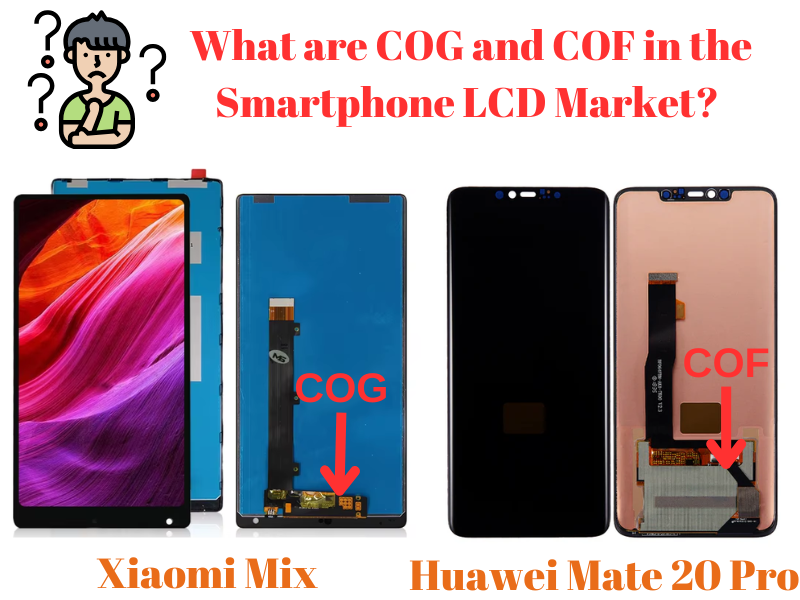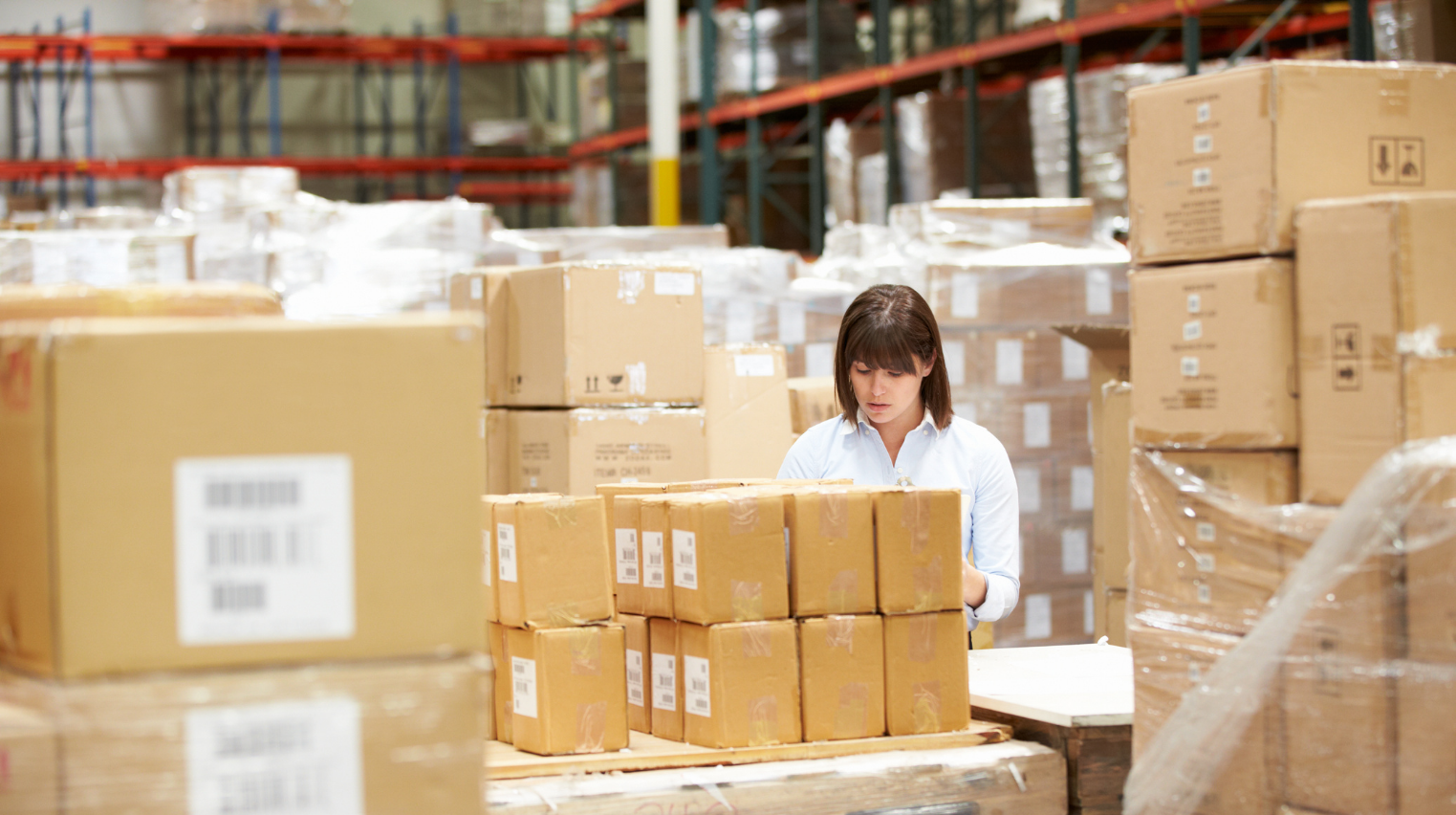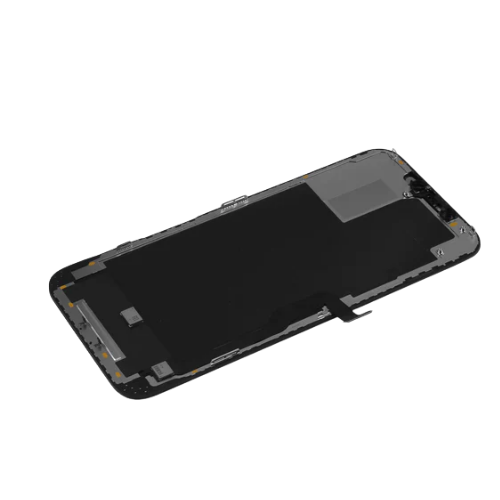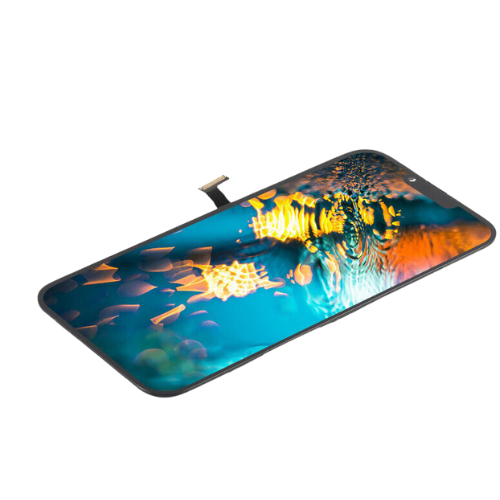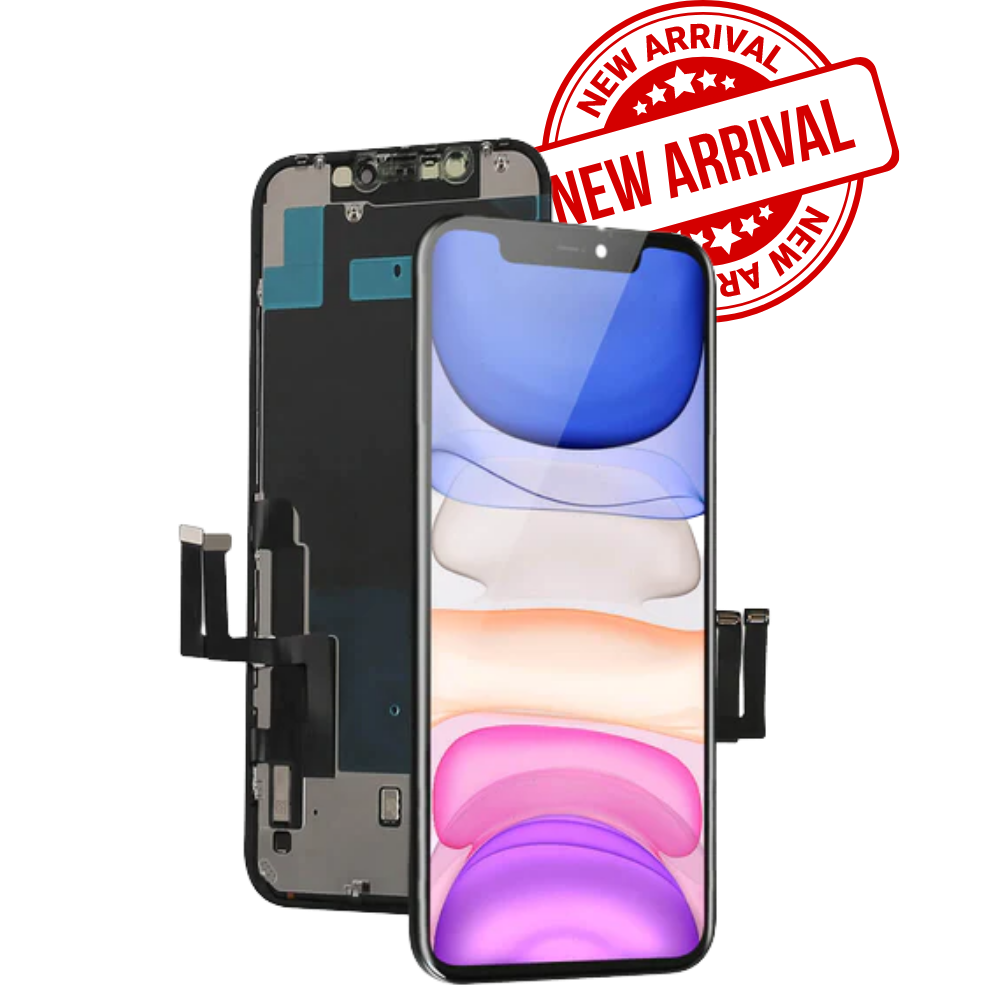Az okostelefonok gyártásának éles versenyvilágában, minden alkatrész döntő szerepet játszik a csúcsteljesítmény és a felhasználói élmény biztosításában. Two key technologies in LCD screen packaging are COG és COF.
What is Chip on Glass (COG)?
COG, or Chip on Glass, is one of the traditional methods of screen packaging. In this process, the driver IC (integrated circuit) is directly mounted onto the LCD’s glass substrate. Many earlier smartphone models, such as Huawei 9P and Xiaomi Mix, adopted this technology.

What is Chip on Film (COF)?
COF, short for Chip on Film, involves embedding the IC chip onto a flexible circuit board. COF technology allows for narrower bezels, paving the way for sleek, modern smartphone designs. Companies like Synaptics have further enhanced this technology by integrating ClearView driver ICs and ClearPad touch ICs into their COF solutions. Leading devices like the Huawei Mate 20 Profi, iPhone XR, and Samsung S9 utilize COF technology to deliver a premium user experience.

Key Differences Between COG and COF
Design and Structure
COG has larger bezels, which can be a limitation compared to the flexible design offered by COF. This flexibility makes COF better suited for contemporary design trends.
Cost Impact
COG technology is generally more cost-effective, while COF is more expensive due to its advanced materials and processes.
Performance and Efficiency
COF provides better integration and efficiency, especially for high-performance smartphones.
Installation
COG LCD screens tend to have lower defect rates during installation. On the other hand, COF LCD screens are more prone to damage during installation because the chip is mounted on a flexible circuit board.
GYIK
What is the main difference between COG and COF?
COG mounts the IC directly onto the glass substrate, while COF embeds it onto a flexible circuit board.

